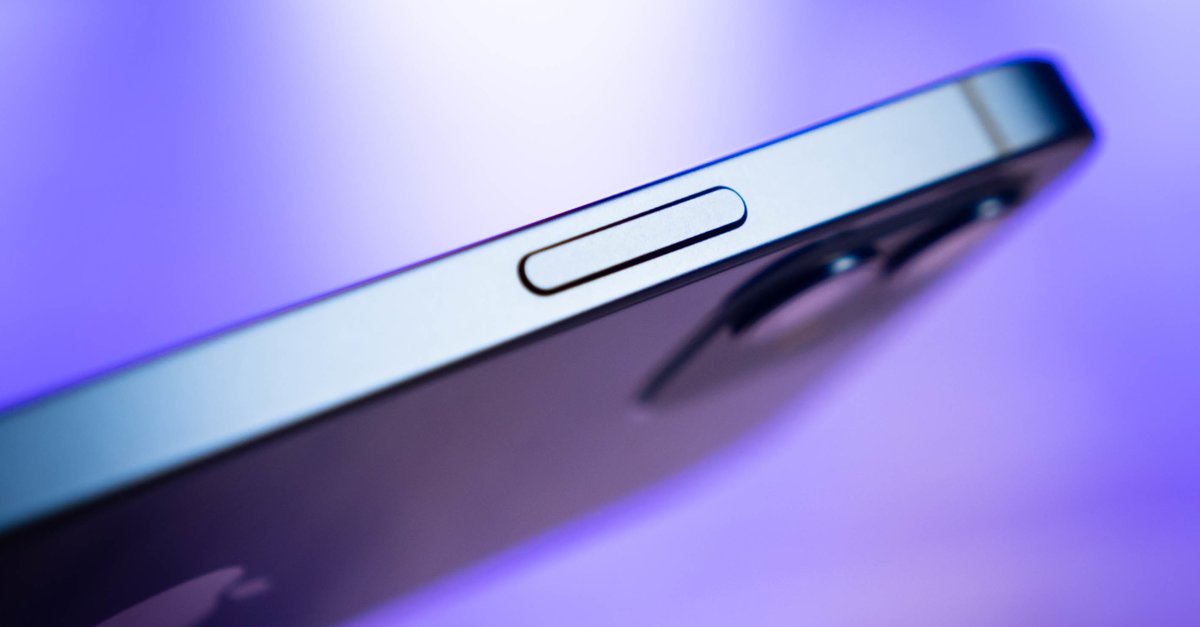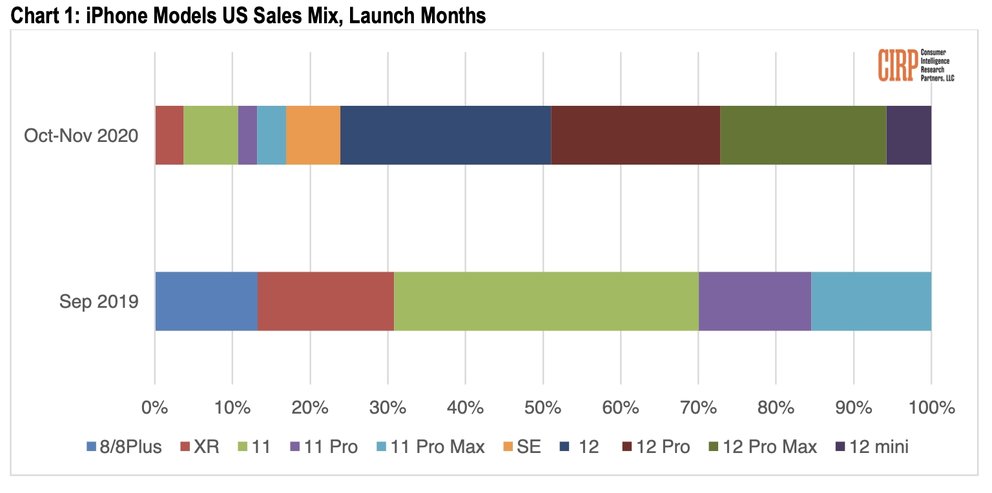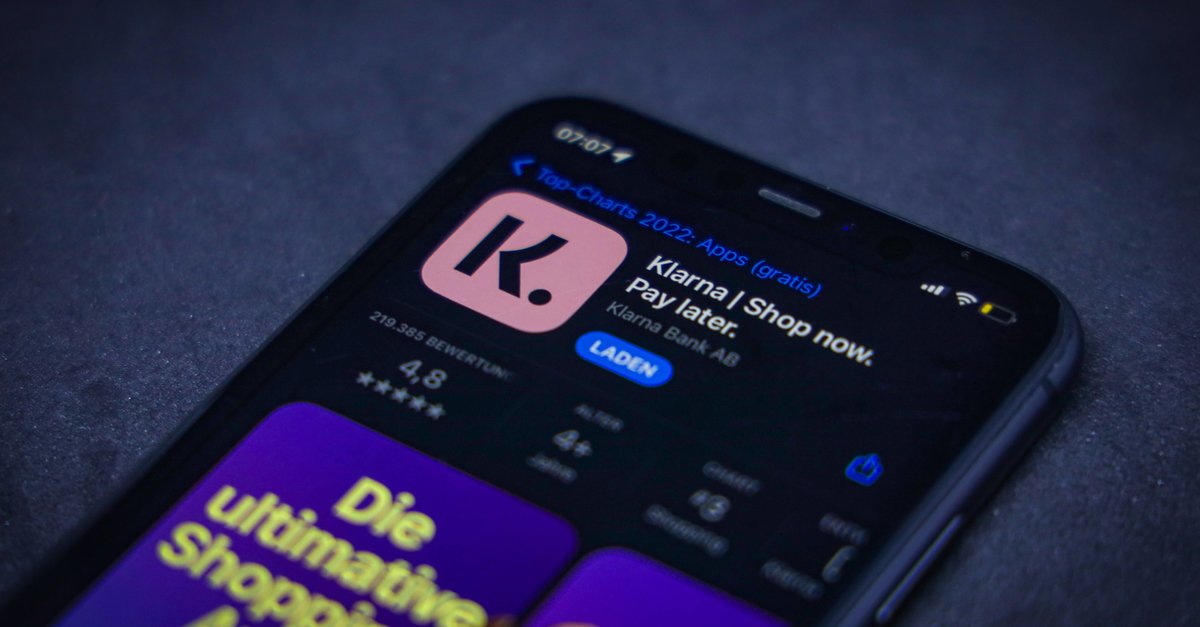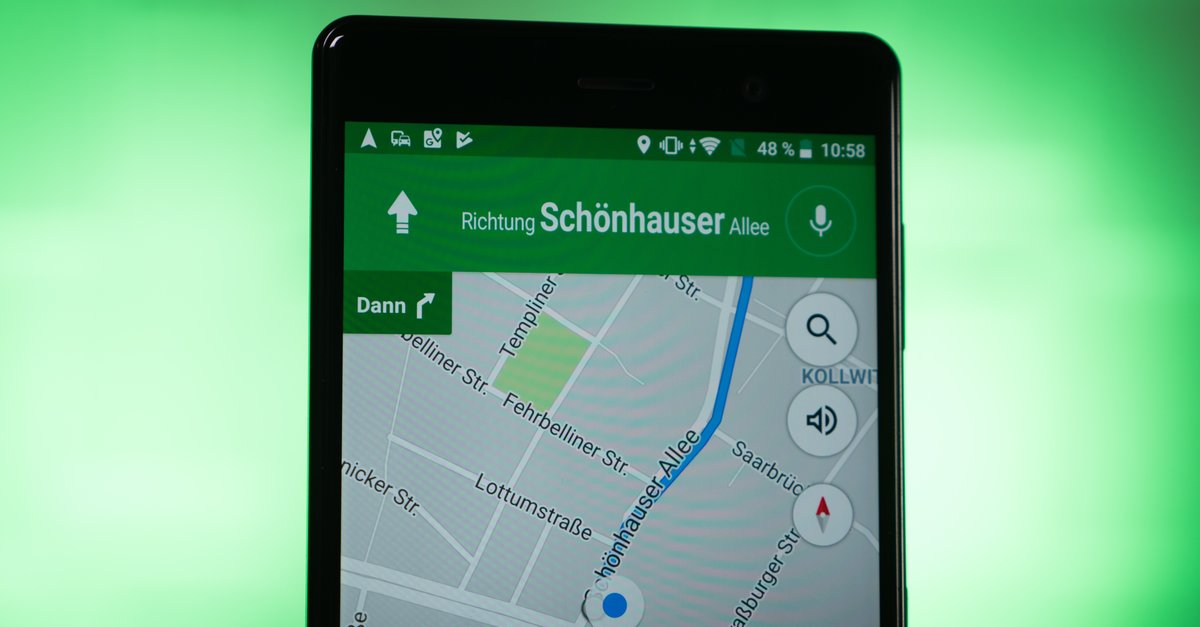Nobody wants a model
Apple’s iPhone 12 (mini) and iPhone 12 Pro (Max) are actually selling well, but a small flop is on the horizon. As current figures reveal, a model usually stays where it is. Why is that so? The market researchers now provide one possible reason.
Apple is keeping a low profile, but the market research specialists at Consumer Intelligence Research Partners (CIRP) bring with the latest report some light in the darkness of the iPhone sales. After all, we are now learning how the individual models in the USA performed in relation to customers during the launch months of October and November.
iPhone 12 mini disappointed: too little share of the cake
First of all, the positive result: all variants of the iPhone 12 together made up 76 percent of the “iPhone cake”. Last year, however, the family of the new iPhone 11 made only 69 percent. Ergo: More people actually picked up the latest model among Apple phones. It gets exciting when you take a closer look at the individual models of the iPhone 12.
As expected, the standard version with 6.1-inch display still holds the top position with a 27 percent share. Not far away are the two Pro models, which each require around 20 percent. What is surprising, however, is the poor performance of the smallest model, because only 6 percent of customers wanted the iPhone 12 mini. A bitter disappointment, even the iPhone SE and the older iPhone 11 sold even better.
Nobody could really count on that, as the joy at Apple’s courage to finally bring a high-performance mini mobile phone back onto the market was palpable in advance. But the offer doesn’t catch on with the customer. Why is this so, why do so few customers buy the iPhone 12 mini?
The new sales winner among the iPhones in our test:
The reason for the current failure
Mike Levin, partner and co-founder of CIRP, provides an attempt to explain the sobering sales result. He sees the wider range of lower-priced models (iPhone SE, iPhone 11 and iPhone XR) compared to the price-intensive iPhone 12 mini as the main cause. Quote:
“It (the iPhone 12 mini, editor’s note) has most of the same features as the other iPhone 12 models, in a smaller form factor for $ 699. That puts it just above the iPhone XR, which launched in 2018 and now costs $ 499, the one-year-old iPhone 11, which now sells for $ 599, and the second-generation iPhone SE, which is available in the It was launched on April 4, 2020 for $ 399. It seems that the higher price point compared to these three models limited the appeal of the iPhone 12 mini. “
It will be exciting to see if the iPhone 12 mini can catch up in the next few months. Traditionally, in the first few months after presentation, many people choose the more expensive Pro models. However, they then lose importance over the product life and the cheaper models of the top model gain popularity. You could see this once with the iPhone XR and even more clearly with its actual successor the iPhone 11. However, with the iPhone 12 and iPhone 12 mini, there are now two models that occupy this position.




